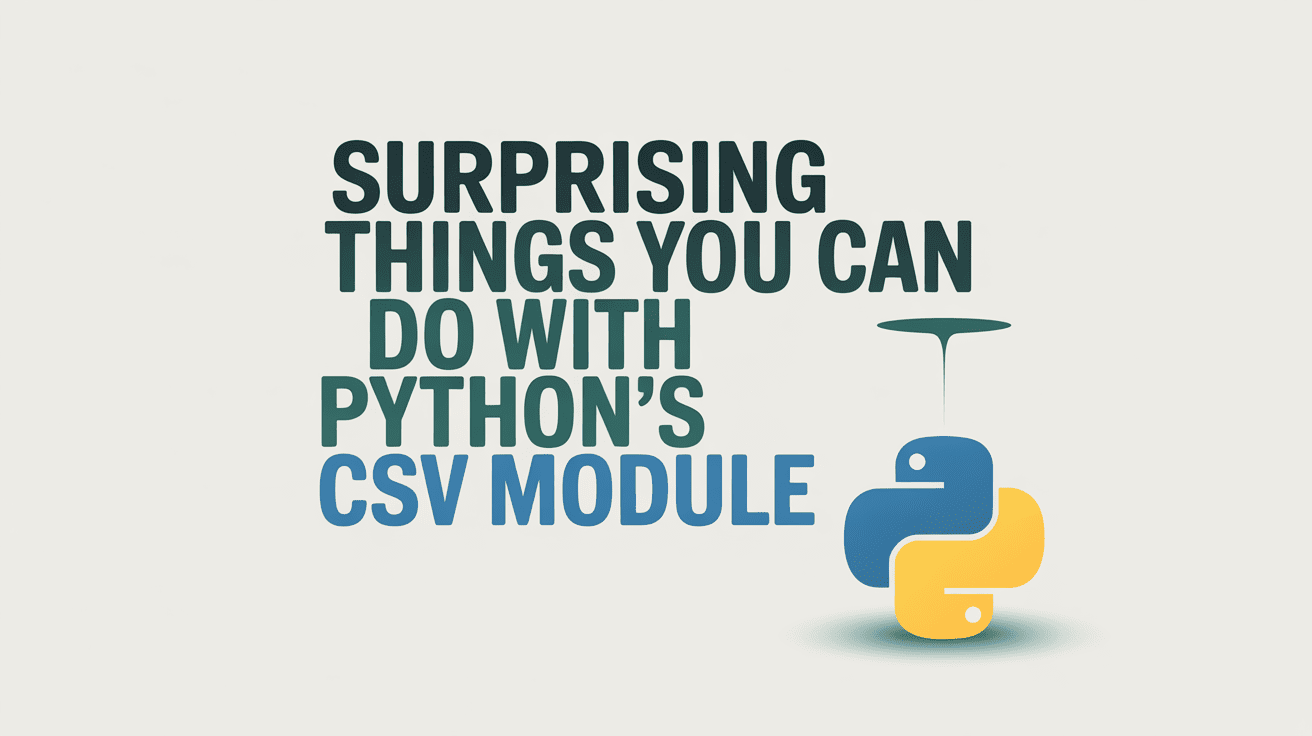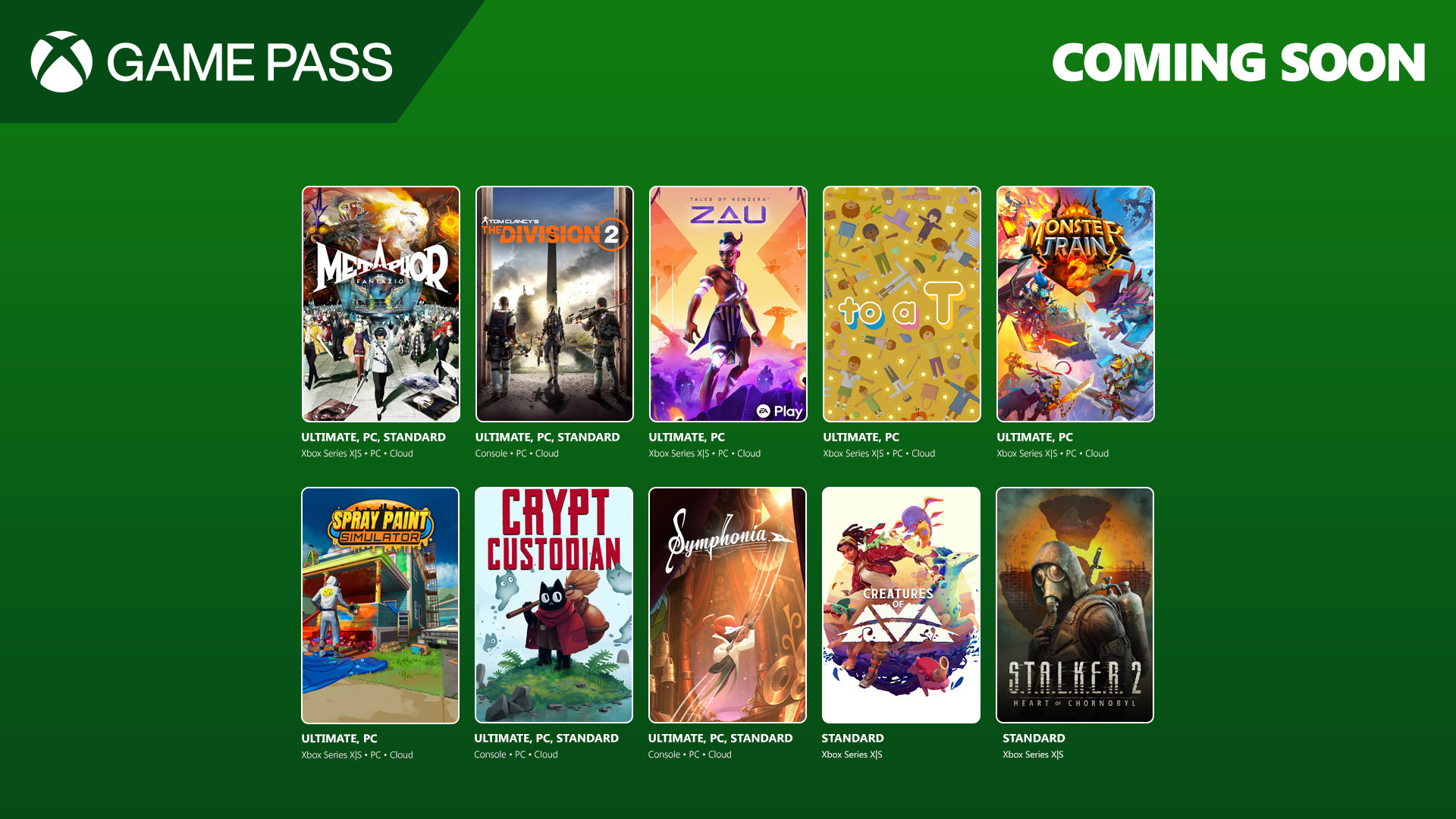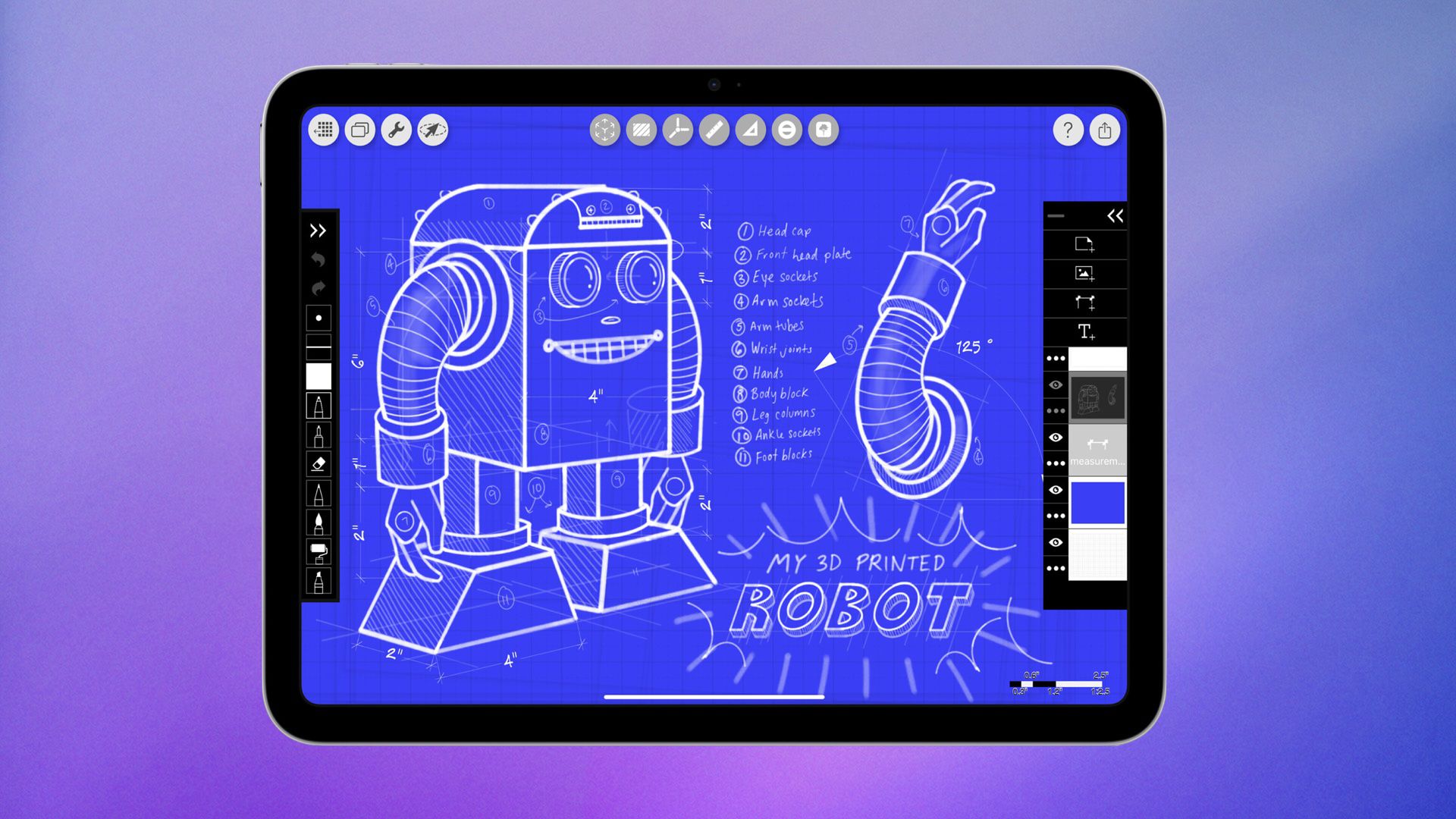10 Effective ways to memorise everything you learn
Discover the top 10 proven methods to boost your memory and retain everything you learn, from study hacks to science-backed techniques.


Have you ever sat through a lecture, read an insightful article, or binge-watched educational videos—only to blank out when it came time to recall them? You’re not alone. Most people struggle to retain new information, even if they genuinely enjoy learning. It’s not a lack of intelligence. It’s a lack of method.
In our fast-paced world, we're consuming more content than ever—books, podcasts, tutorials, courses. But without a way to store and retrieve that knowledge, it all slips through our mental cracks.
Whether you're a student facing exams, a professional upskilling to stay relevant, or a curious mind diving into new topics, one thing is clear: you need to remember what you learn. And memorising doesn't have to be stressful. It can be strategic—and even enjoyable.
10 methods to actually remember everything you learn
1. Use spaced repetition
Spaced repetition is the practice of reviewing information at increasing time intervals—like today, then in two days, then a week, then a month. Instead of cramming once and forgetting fast, you reinforce the content over time.
Why it works:
Your brain is wired to forget things it doesn't revisit. The spacing effect combats this by prompting you to review material just before you're about to forget it. This strengthens neural connections and moves knowledge into long-term memory. Apps like Anki and SuperMemo are built on this very principle.
2. Teach what you learn
One of the fastest ways to test your understanding is to teach the concept to someone else, even if it's just to yourself in the mirror.
Why it works:
When you teach, you’re forced to organise your thoughts, simplify complex ideas, and identify any gaps in your understanding. This active recall and reprocessing deepens memory and reinforces comprehension. It’s called the “protégé effect”—we learn better when we teach others.
3. Apply the Feynman Technique
Break down what you’ve learned into simple explanations as if you were teaching it to a 12-year-old. Use analogies and avoid jargon. Then, identify what parts you struggled with and revisit those.
Why it works:
Explaining things in your own words forces you to process the material deeply. The method reveals blind spots in your understanding and encourages a more active engagement with the content, which improves retention. Nobel physicist Richard Feynman swore by this approach—and it helped him master some of the most complex topics in physics.
4. Use mnemonics and acronyms
Mnemonics are memory aids—think “PEMDAS” for math operations or “ROYGBIV” for the colours of the rainbow. These tricks compress complex info into simple cues.
Why it works:
Mnemonics tap into your brain’s natural preference for patterns, imagery, and structure. They reduce cognitive load by making abstract or lengthy data easier to chunk and recall. When information is tied to a clever rhyme or acronym, it becomes easier to pull from memory.
5. Visualise the information
Rather than just reading text, convert the material into visuals—mind maps, charts, diagrams, or even vivid mental images.
Why it works:
The brain processes visuals 60,000 times faster than text. Visual cues create stronger mental associations than abstract words. When you visualise an idea, you create multiple pathways to remember it: linguistic, spatial, and emotional. This multisensory involvement makes the memory more durable.
6. Connect new info to what you know
Don’t memorise in isolation. Link new knowledge to something you already understand—be it a life experience, a concept from another field, or a hobby.
Why it works:
The brain remembers through associations. When you connect unfamiliar material to existing knowledge, you create "neural hooks" that make it easier to retrieve the information later. These bridges between old and new information create a robust memory network.
7. Use the power of emotion
Make your learning emotionally engaging. Whether it’s humour, curiosity, awe, or surprise, emotions add weight to memories.
Why it works:
Emotionally charged experiences activate the amygdala, which helps encode memories more effectively. If a fact or concept is tied to an emotional response, your brain flags it as important. That’s why you remember a passionate story more than a dry textbook definition.
8. Take breaks with the Pomodoro Technique
Study in focused 25-minute intervals followed by 5-minute breaks. After four sessions, take a longer 15–30-minute break.
Why it works:
The brain fatigues after prolonged focus. Short, intense bursts followed by rest refresh your attention span and prevent mental burnout. This rhythm mirrors your brain’s natural ultradian cycles, making learning more efficient and enjoyable.
9. Write by hand, not just type
While typing is faster, writing notes by hand is slower and more deliberate. Summarise in your own words, draw connections, and highlight key ideas manually.
Why it works:
Writing by hand activates more regions of the brain involved in memory and learning. It forces you to process and prioritise information, making it more likely to stick. Studies show handwritten notes result in better conceptual recall than typed ones.
10. Sleep on it (literally)
Sleep isn’t just rest—it’s memory consolidation time. Learning something and then sleeping helps transfer it from short-term to long-term memory.
Why it works:
During deep sleep, your brain strengthens and organises new neural connections formed during the day. It’s like hitting “Save” on everything you’ve studied. Sleep-deprived learners recall significantly less than those who get a full night of rest after learning something new.
Final thoughts
You don’t need a genius IQ or a photographic memory to remember everything you learn—you just need smarter strategies. The real secret lies in how you engage with the material, not how many hours you study. Implement these techniques consistently, and you’ll start to notice a powerful shift: your memory gets sharper, your confidence grows, and learning becomes second nature.
So, the next time you sit down to study, don’t just read—remember.

















































































































































































![[The AI Show Episode 148]: Microsoft’s Quiet AI Layoffs, US Copyright Office’s Bombshell AI Guidance, 2025 State of Marketing AI Report, and OpenAI Codex](https://www.marketingaiinstitute.com/hubfs/ep%20148%20cover%20%281%29.png)


![[The AI Show Episode 146]: Rise of “AI-First” Companies, AI Job Disruption, GPT-4o Update Gets Rolled Back, How Big Consulting Firms Use AI, and Meta AI App](https://www.marketingaiinstitute.com/hubfs/ep%20146%20cover.png)












































































































































































.jpg?width=1920&height=1920&fit=bounds&quality=70&format=jpg&auto=webp#)



































































.jpg?width=1920&height=1920&fit=bounds&quality=70&format=jpg&auto=webp#)





















_Alan_Wilson_Alamy.jpg?width=1280&auto=webp&quality=80&disable=upscale#)
_pichetw_Alamy.jpg?width=1280&auto=webp&quality=80&disable=upscale#)




















































































-xl.jpg)



























![Apple Leads Global Wireless Earbuds Market in Q1 2025 [Chart]](https://www.iclarified.com/images/news/97394/97394/97394-640.jpg)

![OpenAI Acquires Jony Ive's 'io' to Build Next-Gen AI Devices [Video]](https://www.iclarified.com/images/news/97399/97399/97399-640.jpg)
![Apple Shares Teaser for 'Chief of War' Starring Jason Momoa [Video]](https://www.iclarified.com/images/news/97400/97400/97400-640.jpg)





































































